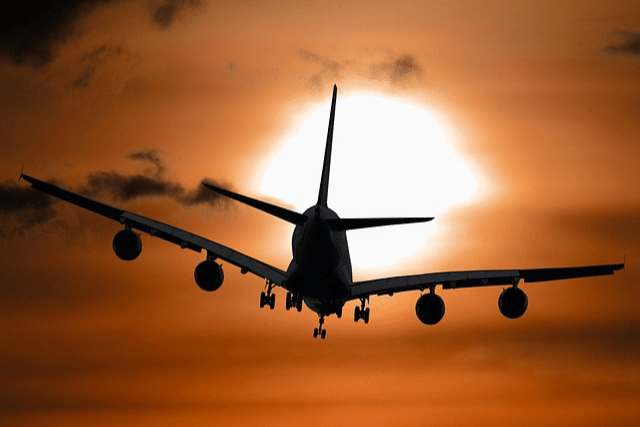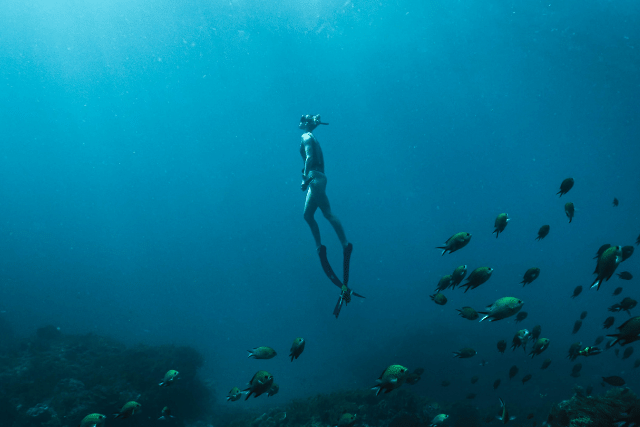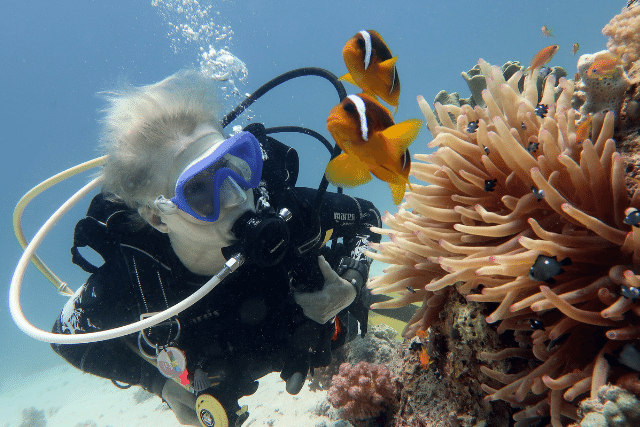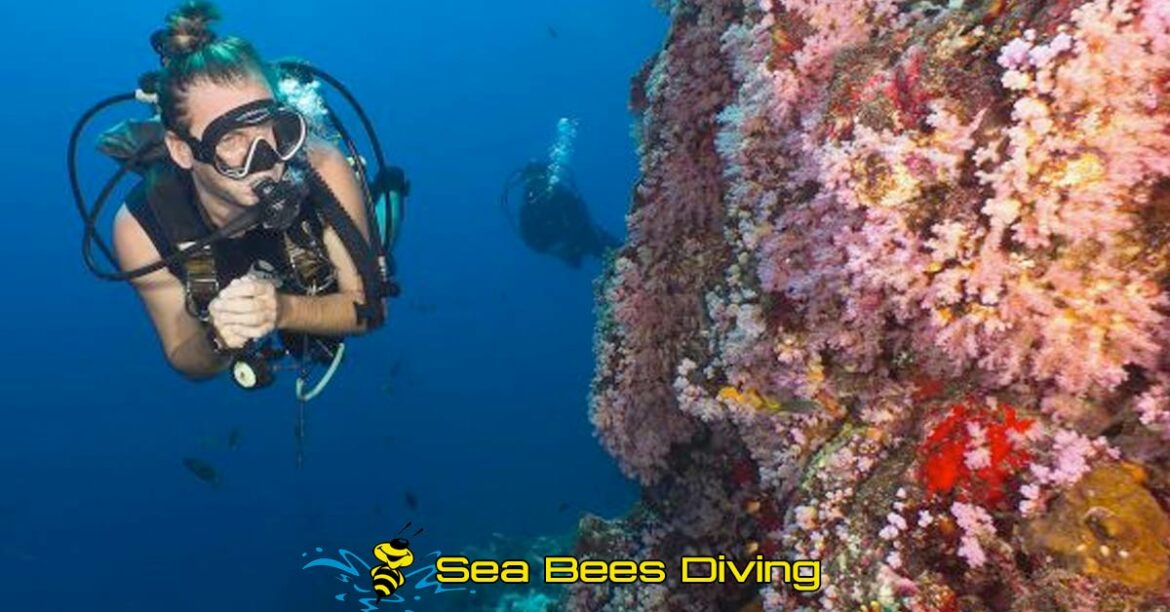Dangers of Flying after Scuba Diving
If you finally took the leap and embraced the compelling underwater world, you should be aware of the precautions you need to take afterwards. One very important factor is not flying after you dive as this can cause DCS- Decompression Sickness. This is caused by the increase of nitrogen in the blood system while diving, depending on the depth, length and frequency of dives. As flying brings you into a space of low pressure, it is important that the remaining nitrogen has left the system, or else the renaming bubbles may enter tissue causing pain, restricted movement and in the fewest cases may even be fatal.


Why does it happen?
Your body starts releasing nitrogen the moment you are back on a surface level, through the increase of oxygen in the bloodstream. This process happens completely naturally but movement will aid the process.
After your last dive, the safe time to release your body of remaining nitrogen is 24 hours. However, factors this time may vary. If you only went for 1 or 2 dives in a lower depth, less time should be enough time to build off the nitrogen. However, if you've been on a liveaboard and diving 3-4 times daily for several consecutive days, you will need a minimum of 18 hours. Nevertheless, it is advised to wait 24 hours before going into the air.
The 24 hour rule is Golden
The length of the flight does not play a major factor in the time between diving and flying. All planes have the same pressurized cabins even if they don't reach the same altitude and should be regarded to the same extent. However, longer flights may hold a greater risk to the body but will not be a problem if the 24 horse between diving and flying is regarded



